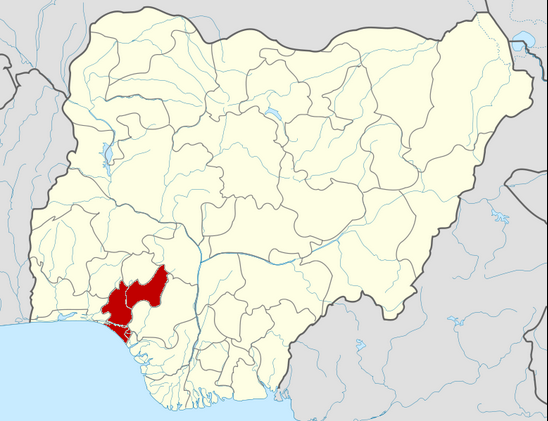THE Federal Government recently announced a 150-day duty-free import window for food commodities as part of efforts to tame soaring food prices, which has resulted in untold privations. Over the past year, families have had to endure following the removal of petrol subsidies and devaluation of the naira.
Specifically, the government has suspended import tariffs and taxes for maize, husked brown rice, wheat, and cowpea imported through land and sea borders.
The initiative, an aspect of the Presidential Accelerated Stabilisation and Advancement Plan, would enable the Federal Government to import 250,000 metric tonnes of wheat and 250,000MT of maize in addition to imports by private entities.
The Minister of Agriculture, Abubakar Kyari, said the commodities would be imported in their semi-processed state for supply to small-scale processors and millers across the country. Final products would be subjected to a recommended retail price.
The resort to food imports is designed to bridge the apparent gap in food production and supply that has partly driven prices to unaffordable levels and a regime of mass hunger. However, it is a clear admission of the huge failings of successive administrations to set the country on the right path of eradicating hunger by 2030 as stipulated by the UN Sustainable Development Goals.
Ironically, Nigeria, with arable land of about 39 million hectares per Statista, still imports massive amounts of food to feed its citizens. It is a symptom of weakness, a national disgrace.
Food inflation spiked from 20.46 per cent in May 2023 to 40.87 per cent in June. Prices of staples have seen unprecedented rises. Rice rose by 129 per cent. A single egg is N250.
Nigeria already spends over $10 billion annually on food imports mostly wheat, rice, poultry, fish, food services, and consumer-oriented foods. This is four times the value of exports. Nigeria’s annual wheat consumption is estimated at 6.5MT, 13 times more than the local output.
The Netherlands’ total surface area is just 2.2 million hectares with agricultural land covering just 500,000 hectares, yet its agriculture exports are worth over $70 billion yearly.
Israel, a tiny desert country with only about 380,000 hectares of land under cultivation has through technological advancement seen agriculture’s contribution average over $1 billion in the last 10 years. It is a major producer of citrus, groundnuts, tomatoes, pomegranates, and flowers. Experts note that its success is built on its dedication of 30 per cent of its budget to agriculture and water, followed by the sensible organisation of farmers, a market-oriented approach, and the adoption of a farmer-centric, multidisciplinary, and innovative approach.
Nigeria has tonnes of agricultural research works buried under the dust in different institutes while middlemen including foreigners exploit farmers amidst ineffective marketing boards.
The desperate measures to increase the food supply only give temporary relief since the naira depreciates.
Rice farmers are worried the tariff removal will undermine local production that has been ramped up considerably. The President of the African Development Bank, Akinwunmi Adesina, points out that Nigeria cannot rely on imports to stabilise food prices.
Achieving food sufficiency requires strategic long-term measures including adopting modern technologies, massive land cultivation, extension services, and eliminating the fertiliser mafia. It requires a seismic shift from age-long traditional methods defined by low output.
Undoubtedly, the government must end the insecurity that has driven farmers from farmland and farming communities. This is in addition to the menace of herders that invade farmland at will, taking lives and displacing farmers.
There must be huge investments in rural roads to ease evacuation. Nuisance taxes and extortion on the highways that add to the cost of produce in the markets must be eliminated.
Strategic investments are needed in the agriculture value chain with an emphasis on processing and storage.

 4 months ago
35
4 months ago
35














 English (US) ·
English (US) ·